Plain sailing: hop aboard the cruise industry
Favourable demographics, an expanding global market, and resilience to economic downturns and increases in supply all bode well for the long-term future of the cruise industry, says Stephen Connolly.
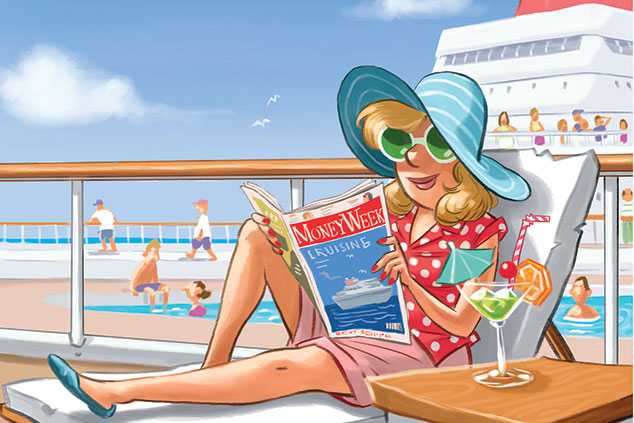
Cruise holidays are something everyone seems to have an opinion on people either love them or hate them. Speak to analysts and investors, however, and the view tends to be positive, which is hardly surprising profits at the leading operators have doubled or even trebled over the past five years. But does this strong performance mean investors have missed the boat?
In a word: no. Recent results were better than analysts had hoped for, and outlook statements have been upbeat. The industry has been telling investors that existing ships are full and demand for berths high. To carry even more passengers, nearly $10bn of brand-new ships are launching in 2019, more than in any previous year, according to Cruise Industry News. While boosting capacity doesn't automatically mean more travellers, decisions to add ships they're far from cheap and take years to build aren't taken without a strong conviction that rising passenger trends are sustainable.
Continuous growth
Backing the cruise operators' confidence doesn't seem a bad bet. They have a 20-year-plus record of unbroken annual passenger growth. Since 2000, the global total has increased at a compound rate of around 8% a year to 28 million today. They've incrementally added new ships and been largely adept at filling them, competently managing the relationship between demand for cruises and the supply of berths.This isn't to say there haven't been difficulties. Cruising is just as vulnerable to what economists call "external demand shocks" as many other sectors. And it's had four: the 9/11 terror attacks on the US in 2001; the second Gulf War in 2003; the financial crisis in 2008/2009; and the capsizing of the Costa Concordia cruise ship off the coast of Italy in 2012. But, crucially, these unpredictable hits aside, the industry has generated positive quarter-on-quarter changes in the so-called net yield the money made from each cabin or bed over 20 years.
MoneyWeek
Subscribe to MoneyWeek today and get your first six magazine issues absolutely FREE

Sign up to Money Morning
Don't miss the latest investment and personal finances news, market analysis, plus money-saving tips with our free twice-daily newsletter
Don't miss the latest investment and personal finances news, market analysis, plus money-saving tips with our free twice-daily newsletter
"Nearly $10bn of brand-new ships are launching in 2019, more than in any previous year"
This in turn suggests the industry is less adversely affected than might be expected by more general economic downturns or additional supply from the delivery of new ships. From 2004 to 2007, for example, new capacity was up by more than 20%, yet net yield growth remained positive. It was the same from 2010 to 2012, when capacity climbed 7%, and 2015 to 2017 when supply of berths rose around 4%. This trend was reinforced recently when, considering the latest round of capacity growth, Richard Fain, boss of the $27bn stalwart Royal Caribbean Cruises said, "It's clear that the market is not only absorbing it, but raising its prices. That sounds pretty healthy to me."
High-margin extras
Two factors underpin this relative strength. First, cruise ships sail fully occupied: not 80% or 90% full, but 100% every berth must be sold. Unlike with hotels or flights, more than a third of the cruise industry's sales are taken onboard and come with fat margins: alcohol, entertainment, excursions and myriad add-ons. This is big and has to be captured even if it means ticket-sale discounting or throwing in some free extras to entice customers. Second, as highlighted by research from Bank of America Merrill Lynch, most cruise tickets are sold through travel agents. That means offer prices are highly visible in the market and continuously promoted to travellers to bolster demand.
This encouraging degree of resilience to economic volatility and expanding operations isn't fully appreciated by investors. But it's only one part of a structural growth story. Changes in the attitudes and tastes of holidaymakers, new ships, a widening array of cruise options and specialisations, more investment in onboard offerings, and advances in technology are all giving cruise operators scope to power sales and cut costs, boosting shareholders' returns.
Why young people are fuelling demand
Part of appreciating the future of the industry means discarding past perceptions. It's true that cruise fans are predominantly older and post-retirement, and these holidaymakers underpin the industry. But it's not just about ageing baby boomers. Once that surge eventually subsides, younger people, particularly millennials, will follow in their footsteps.An upswing in millennial interest chimes with their emphasis on "experiences" and "achievements" (to be exhibited on social media) as opposed to simply spending money to own things. Those still harbouring the notion that these developments are an illusion need to accept that the shift is fundamental and the impact on economies and businesses' prospects is real. Royal Caribbean, for example, says millennial interest is higher than in almost any other customer segment.
"There are even ships employing photography teams to help people with their social media posts"
Research is mixed across the industry as a whole but interest from both the baby boomer and millennial generations are generally reported as strongest. The former are older, more affluent and increasingly moving into retirement with more time to travel and money to spend. The latter have an appetite for travel and consider certain cruising options with all-inclusive pricing good value, especially if they have young families. Inter-generational cruise travel is also popular. Cruise operators are also working hard to boost the quality of experiences, recognising that "Instagramable" travel is in demand from younger generations. A new push, for example, is "expedition" cruising. Think cross-country skiing stops around Norway, taking-off in small boats to explore Antarctica or ocean exploration with the son of French explorer Jacques Cousteau. There are even ships employing photography teams to help holidaymakers maximise the quality of their online shots as well as, presumably, the number of online re-posts and envy among friends.
Ample scope for growth
More broadly, there's still much to play for. Although travel is a huge global multi-trillion dollar segment, cruise holidays make up only a very small part. While 50% of the audience for cruising is still American, for example, only 3% of the country's population has ever been on a cruise. The operators deem market penetration very low on both sides of the Atlantic. As for the Far East, and China in particular, the industry is still finding its way. It's clearly a huge market with the right ageing demographics, and Western brands stand out well in the local markets. But it's volatile, with challenging pricing dynamics despite some years of strong growth. Most regard it as a long-term commitment and accept the near-term ups and downs in the bid for part of what could ultimately become the world's biggest cruise market.
At the same time, while overall cruise capacity rises, bigger additional ships allow for older ones to be decommissioned. New ships give operators a chance to rethink and come up with new onboard services and facilities. Enhancements imply greater revenues, whether from additional services or more luxurious, expensive cabins with, say, "wrap-around" terraces. Engineering advances, too, are bringing in more environmental friendliness as well as lower overall transit and operating costs. The cruise industry, then, could provide plain sailing for investors for years to come.
The stocks to buy now
Even after decent gains amid the markets' solid performances this year, the listed cruise companies still look undervalued. They are trading at a 25%-30% valuation discount to the US S&P 500 Index as a whole while generating faster earnings growth (most of the shares, although the companies operate internationally, are listed in the US).
On the face of it, therefore, the cruise industry gives investors growth at a price that represents value, and analysts are expecting meaningful shareholder returns this year. Taking advantage means choosing between the three leaders, and they each have merits.
The biggest is Carnival Corporation (LSE: CCL), which has around 100 ships and its capacity represents nearly half the global total. A significant portion of its fleet sails the Caribbean out of the US. It trades on about 10.5 times next year's earnings and offers a 3% dividend yield. It's not been the greatest performer so far this year, up just under 10%, after some recent pricing pressure worries that have been contained, so it perhaps offers the greatest catch-up potential in the sector, with decent earnings growth to come through. Royal Caribbean (NYSE: RCL) has about half as many ships, with a good portion overlapping many of the same destinations as Carnival. It has performed better year-to-date and is still attractive given the earnings outlook, although it may experience less positive price action near-term compared to Carnival.
And finally there's Norwegian Cruise Line (NYSE: NCLH), with a leaning towards the more upmarket passenger segment. It's a smaller player but likely to grow more rapidly over the medium term. It's undervalued and well-supported by investment analysts who rate it, seeing more price gains to come.
All of these have good futures and there are plenty of drivers for growth. In the short term there can be negativity when oil prices surge although hedging can limit the impact. Likewise, they're businesses with heavy foreign exchange exposure, which is part and parcel of how they operate. More broadly, negative talk of overcapacity has come and gone over the years and the industry has generally continued to fill ships. The business models are more nuanced than many market watchers appreciate and, generally speaking, incremental capacity increases have quickly proved revenue positive. Finally, don't forget those shareholder perks if you do invest. All three firms give shareholders free credit for onboard spending. This isn't a reason to buy, but it's a nice benefit to have.
Get the latest financial news, insights and expert analysis from our award-winning MoneyWeek team, to help you understand what really matters when it comes to your finances.
Stephen Connolly is the managing director of consultancy Plain Money. He has worked in investment banking and asset management for over 30 years and writes on business and finance topics.
-
 How cancelling unused direct debits could boost your pension by £37,000
How cancelling unused direct debits could boost your pension by £37,000A new year refresh of your spending could save you money and help boost your pension pot.
-
 NS&I cuts interest rates on 8 savings accounts
NS&I cuts interest rates on 8 savings accountsNS&I will now offer less attractive interest rates for customers wishing to lock their savings away to grow for one, two, three or five years.
-
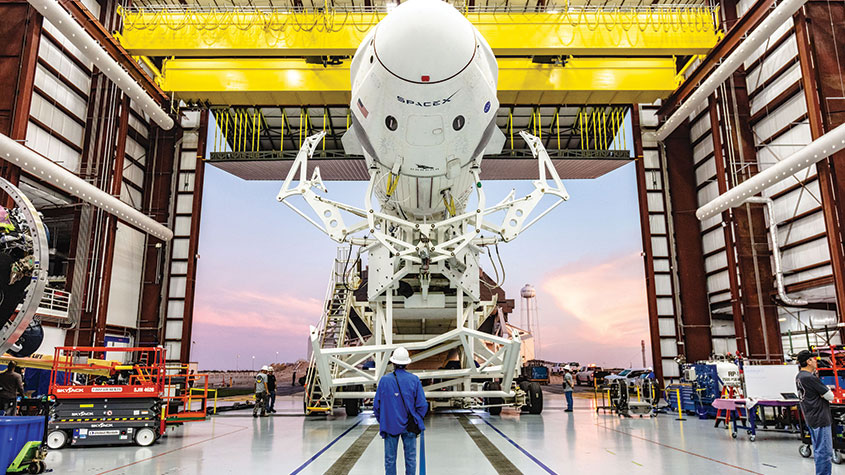 Invest in space: the final frontier for investors
Invest in space: the final frontier for investorsCover Story Matthew Partridge takes a look at how to invest in space, and explores the top stocks to buy to build exposure to this rapidly expanding sector.
-
 Invest in Brazil as the country gets set for growth
Invest in Brazil as the country gets set for growthCover Story It’s time to invest in Brazil as the economic powerhouse looks set to profit from the two key trends of the next 20 years: the global energy transition and population growth, says James McKeigue.
-
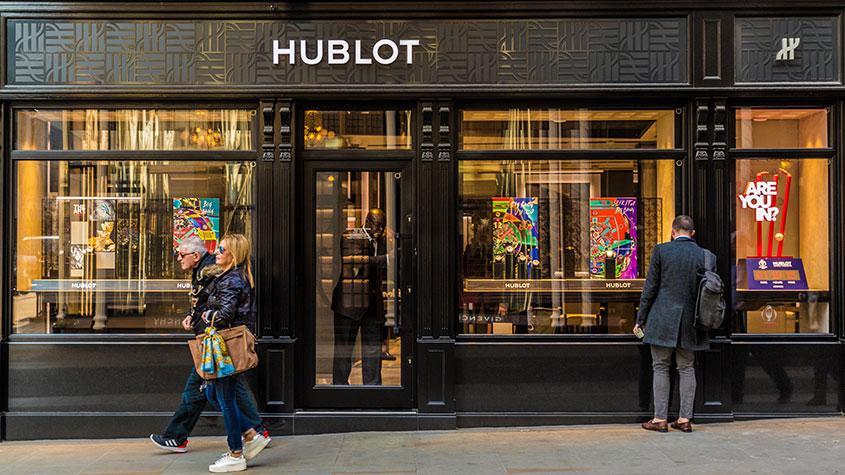 5 of the world’s best stocks
5 of the world’s best stocksCover Story Here are five of the world’s best stocks according to Rupert Hargreaves. He believes all of these businesses have unique advantages that will help them grow.
-
 The best British tech stocks from a thriving sector
The best British tech stocks from a thriving sectorCover Story Move over, Silicon Valley. Over the past two decades the UK has become one of the main global hubs for tech start-ups. Matthew Partridge explains why, and highlights the most promising investments.
-
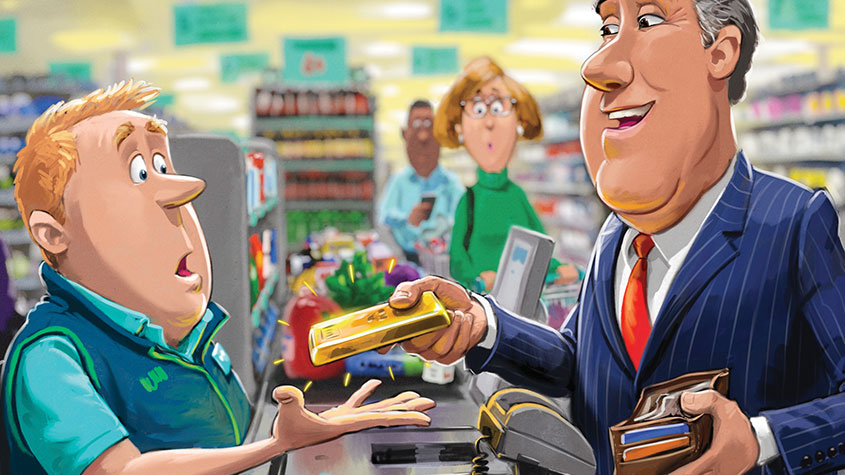 Could gold be the basis for a new global currency?
Could gold be the basis for a new global currency?Cover Story Gold has always been the most reliable form of money. Now collaboration between China and Russia could lead to a new gold-backed means of exchange – giving prices a big boost, says Dominic Frisby
-
 How to invest in videogames – a Great British success story
How to invest in videogames – a Great British success storyCover Story The pandemic gave the videogame sector a big boost, and that strong growth will endure. Bruce Packard provides an overview of the global outlook and assesses the four key UK-listed gaming firms.
-
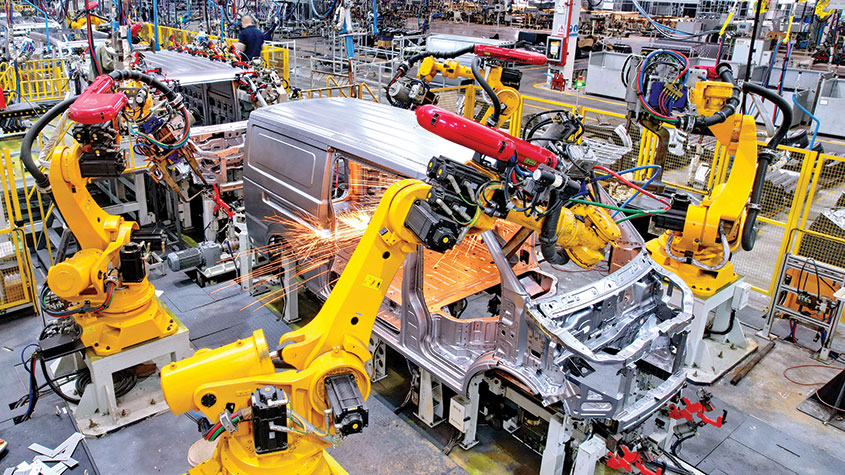 How to invest in smart factories as the “fourth industrial revolution” arrives
How to invest in smart factories as the “fourth industrial revolution” arrivesCover Story Exciting new technologies and trends are coming together to change the face of manufacturing. Matthew Partridge looks at the companies that will drive the fourth industrial revolution.
-
 Why now is a good time to buy diamond miners
Why now is a good time to buy diamond minersCover Story Demand for the gems is set to outstrip supply, making it a good time to buy miners, says David J. Stevenson.